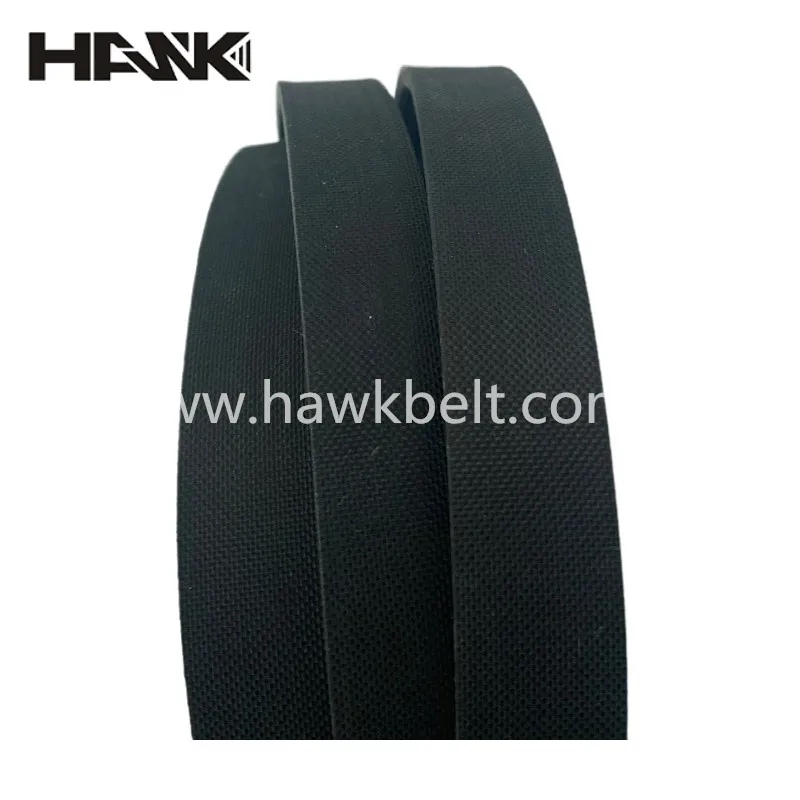- Arabic
- French
- Russian
- Spanish
- Portuguese
- Turkish
- Armenian
- English
- Albanian
- Amharic
- Azerbaijani
- Basque
- Belarusian
- Bengali
- Bosnian
- Bulgarian
- Catalan
- Cebuano
- Corsican
- Croatian
- Czech
- Danish
- Dutch
- Afrikaans
- Esperanto
- Estonian
- Finnish
- Frisian
- Galician
- Georgian
- German
- Greek
- Gujarati
- Haitian Creole
- hausa
- hawaiian
- Hebrew
- Hindi
- Miao
- Hungarian
- Icelandic
- igbo
- Indonesian
- irish
- Italian
- Japanese
- Javanese
- Kannada
- kazakh
- Khmer
- Rwandese
- Korean
- Kurdish
- Kyrgyz
- Lao
- Latin
- Latvian
- Lithuanian
- Luxembourgish
- Macedonian
- Malgashi
- Malay
- Malayalam
- Maltese
- Maori
- Marathi
- Mongolian
- Myanmar
- Nepali
- Norwegian
- Norwegian
- Occitan
- Pashto
- Persian
- Polish
- Punjabi
- Romanian
- Samoan
- Scottish Gaelic
- Serbian
- Sesotho
- Shona
- Sindhi
- Sinhala
- Slovak
- Slovenian
- Somali
- Sundanese
- Swahili
- Swedish
- Tagalog
- Tajik
- Tamil
- Tatar
- Telugu
- Thai
- Turkmen
- Ukrainian
- Urdu
- Uighur
- Uzbek
- Vietnamese
- Welsh
- Bantu
- Yiddish
- Yoruba
- Zulu
Nov . 14, 2024 13:30 Back to list
power steering belt
Understanding Power Steering Belts Importance and Maintenance
Power steering is a crucial feature in modern vehicles, providing drivers with the ability to turn the steering wheel with minimal effort. A core component of the power steering system is the power steering belt. This article explores the function, importance, and maintenance of power steering belts, ensuring that vehicle owners understand how to keep their power steering systems in optimal condition.
What is a Power Steering Belt?
The power steering belt, often referred to as the serpentine belt or accessory belt, connects the power steering pump to the engine. This belt plays a pivotal role by transferring power from the engine to the pump, allowing it to function effectively. When you turn the steering wheel, the power steering pump sends hydraulic fluid to the steering gear, easing the effort needed to maneuver the vehicle.
Importance of the Power Steering Belt
1. Efficient Steering Control The power steering belt directly influences steering efficiency. A well-functioning belt ensures consistent power delivery to the steering pump. If the belt is worn, loose, or damaged, it can lead to a decrease in power assist, making steering more labor-intensive and less predictable.
2. Vehicle Safety Compromised steering performance can significantly impact safety. In emergency situations where quick and precise steering is necessary, a malfunctioning power steering belt can result in dangerous handling characteristics. Regular monitoring of the belt’s condition is vital for maintaining overall vehicle safety.
3. Preventing Damage A damaged or broken power steering belt can lead to severe complications. If the belt fails, it can cause the power steering pump to stop functioning entirely, potentially resulting in costly repairs. Furthermore, a failing belt may also put excessive strain on the engine and other accessories, leading to further mechanical issues.
power steering belt

Maintenance Tips
To ensure the longevity and proper functioning of your power steering belt, consider the following maintenance tips
- Regular Inspections It’s essential to visually inspect the power steering belt for signs of wear, such as cracks, fraying, or glazing. These issues can indicate that the belt is nearing the end of its service life.
- Check Tension The belt must be appropriately tensioned to function effectively. A belt that is too loose may slip, while a belt that is too tight can strain the pulleys and accessories. Refer to your vehicle's manual for the correct tension specifications.
- Replacement Schedule Most manufacturers recommend replacing the power steering belt every 50,000 to 100,000 miles, but this can vary based on driving conditions and vehicle usage. Adhering to the recommended schedule will help prevent unexpected failures.
- Professional Service If you’re unsure about the condition of your power steering belt or if you notice any symptoms of failure, such as whining noises or difficulty steering, it’s advisable to seek professional assistance. A qualified mechanic can perform a thorough inspection and necessary repairs.
In conclusion, the power steering belt is an essential component of a vehicle’s power steering system, directly affecting steering performance and safety. By understanding its importance and following proper maintenance practices, vehicle owners can ensure their power steering systems remain reliable and effective for years to come. Regular attention to this often-overlooked part will ultimately contribute to a safer and more enjoyable driving experience.
-
Korean Auto Parts Timing Belt 24312-37500 For Hyundai/Kia
NewsMar.07,2025
-
7PK2300 90916-T2024 RIBBED BELT POLY V BELT PK BELT
NewsMar.07,2025
-
Chinese Auto Belt Factory 310-2M-22 For BMW/Mercedes-Benz
NewsMar.07,2025
-
Chinese Auto Belt Factory 310-2M-22 For BMW/Mercedes-Benz
NewsMar.07,2025
-
90916-02660 PK Belt 6PK1680 For Toyota
NewsMar.07,2025
-
drive belt serpentine belt
NewsMar.07,2025

